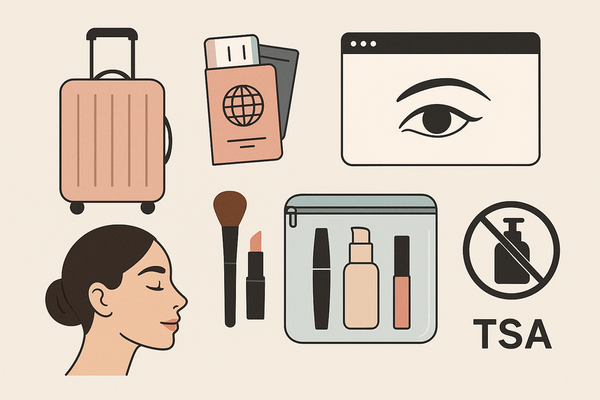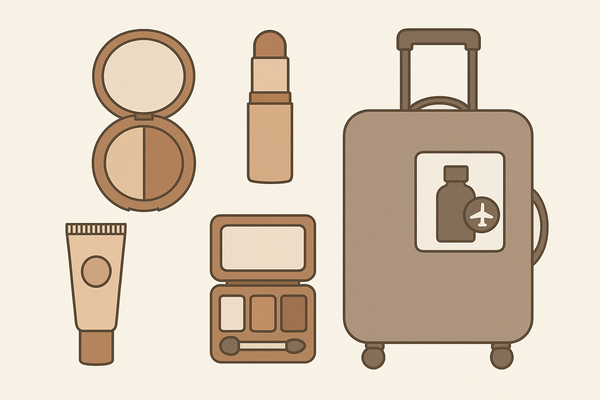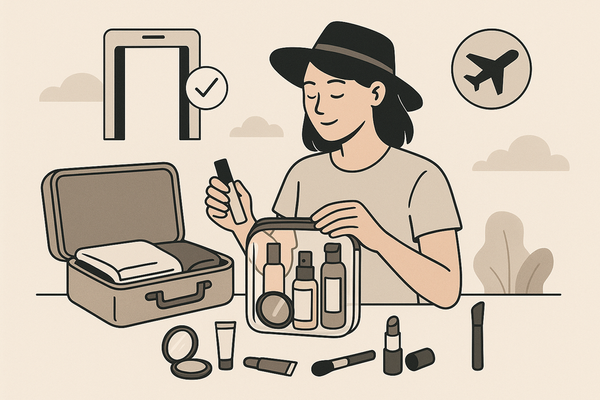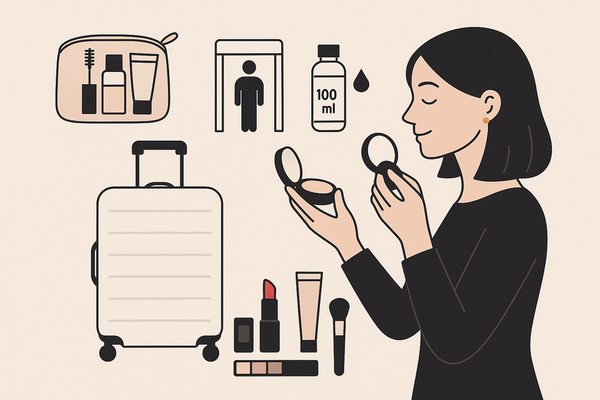Makeup Check AI Developer Insights for Next-Gen Beauty Tech
Explore in-depth makeup check AI developer insights to build reliable, fast, and accessible beauty applications featuring AI-driven tech for enhanced user experience.

Estimated reading time: 3 minutes
Key Takeaways
- Architect core components: computer vision, machine learning, AR rendering, and recommendation engines.
- Choose high-performance models like RetinaFace/BlazeFace and GANs or diffusion networks for realism.
- Ensure fairness and accessibility with diverse skin-tone datasets and optional voice guidance.
- Optimize on-device performance through model quantization and real-time relighting techniques.
- Leverage feature embeddings and collaborative filtering for personalized product suggestions.
Table of Contents
- Introduction
- Background and Context
- Technical Deep Dive
- Computer Vision
- Machine Learning
- AR Rendering
- Recommendation Engine
- FAQ
Introduction
makeup check ai developer insights deliver in-depth technical guidance for developers building AI-driven beauty applications. This post dives into system designs, model choices, data needs, and practical tips. You’ll learn how to architect a high-performance, fair, and conversion-focused makeup check system.
AI is reshaping the makeup and beauty tech industry by powering:
- Instant shade matching for foundation, lipstick, and concealer.
- Real-time virtual try-ons using facial overlays and AR.
- Personalized product advice based on skin tone, texture, and preferences.
As beauty brands race to offer adaptive digital experiences, makeup check and ai developer insights help teams ship robust, user-trusted applications. Developers can also explore platforms like Makeup Check AI to experiment directly with automated shade matching and live makeup analysis in real-world scenarios.

Background and Context
Defining Makeup Check and AI Developer Insights
Makeup check refers to a system that analyzes a selfie or live camera feed to:
- Map facial landmarks (lips, eyes, brows, cheekbones).
- Assess makeup coverage, finish (matte, dewy), and skin health.
- Provide shade matching, product suggestions, technique tips, and optional voice guidance for accessibility.
Over time, beauty AI has evolved through three phases:
- Early phase: Static filters and basic shade matching.
- Current state: High-precision facial mapping, expression-aware AR overlays, ML-driven skin diagnostics.
- Impact: Increased consumer confidence, reduced product returns, and mainstream adoption by major beauty brands.
This background sets the stage for deeper AI developer insights into makeup check architectures and best practices.
Technical Deep Dive
1. Computer Vision
Purpose: Detect faces, estimate 3D head pose, and localize dense landmarks for per-region analysis and AR placement.
Implementation Notes:
- Face Detection: Use models like RetinaFace or BlazeFace for on-device speed.
- 3D Head-Pose Estimation: Solve PnP with 2D–3D correspondences or use learning-based regressors.
- Dense Landmarking: Keypoint networks output 68+ landmarks for lips, brows, eyes, and facial contours to guide makeup overlays.
2. Machine Learning
Purpose: Classify skin tone, analyze texture, and generate realistic makeup.
Implementation Notes:
- Supervised Models: Train on labeled datasets covering Fitzpatrick skin types, varied lighting, and ages.
- Generative Networks: Use GANs or diffusion models for photorealistic virtual makeup and shade synthesis.
3. AR Rendering
Purpose: Overlay makeup in real time with expression-sensitive blending and stable rendering under motion.
Implementation Notes:
- Mesh-Based Rendering: Map makeup to face mesh vertices for smooth deformation.
- Real-Time Relighting: Use environment probes or spherical harmonics for consistent shading.
For more on innovations, see tech innovations driving makeup check AI.
4. Recommendation Engine
Purpose: Suggest foundation, lipstick, eyeshadow based on face features and user history.
Implementation Notes:
- Feature Embeddings: Encode face landmarks + demographics into vector space.
- Collaborative Filtering: Combine embeddings with past interactions to boost personalization.
FAQ
- Q: Which face-detection model is best for on-device makeup apps?
A: RetinaFace and BlazeFace offer excellent speed and accuracy for mobile and web deployments. - Q: How can I ensure shade-matching fairness?
A: Curate training data across Fitzpatrick skin types, lighting conditions, and demographic groups. - Q: Is real-time AR rendering possible on standard smartphones?
A: Yes—combine mesh-based overlays with optimized shaders and quantized models for smooth performance.




